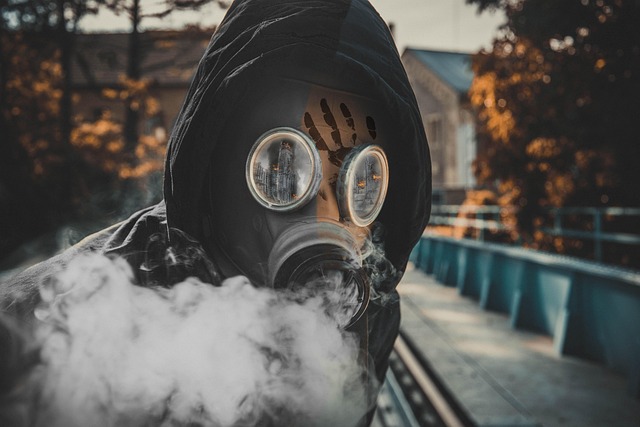
Gas Exchange and Oxygenation Ati Quizlet
Understanding Gas Exchange and Oxygenation
Gas exchange and oxygenation are fundamental concepts in healthcare, particularly in nursing. These processes are crucial for maintaining adequate oxygen levels in the body and ensuring that carbon dioxide is effectively removed. This article explores the key aspects of gas exchange and oxygenation, particularly in the context of nursing education and practice.
The Basics of Gas Exchange
Gas exchange occurs primarily in the lungs, specifically in the alveoli, where oxygen is transferred into the bloodstream, and carbon dioxide is expelled. This process is vital for cellular respiration, which provides energy for the body's functions. Understanding the mechanics of gas exchange is essential for nurses, as they often monitor patients' respiratory status and intervene when necessary.
Oxygenation and Its Importance
Oxygenation refers to the process of delivering oxygen to the body's tissues. Adequate oxygenation is critical for organ function and overall health. Hypoxia, a condition characterized by insufficient oxygen in the tissues, can lead to serious complications if not addressed promptly. Nurses play a pivotal role in recognizing the signs of hypoxia and administering appropriate interventions, such as supplemental oxygen therapy.
Identifying Hypoxia
Several factors can contribute to hypoxia, including respiratory diseases, anemia, and high altitudes. Nurses must be vigilant in assessing patients for signs of hypoxia, which may include:
- Shortness of breath
- Rapid heart rate
- Cyanosis (bluish discoloration of the skin)
- Confusion or altered mental status
Recognizing these symptoms early can significantly improve patient outcomes.
Oxygen Therapy: Administration and Monitoring
When administering oxygen therapy, nurses must follow specific protocols to ensure patient safety. Key considerations include:
- Oxygen Concentration: Nurses should monitor the concentration of oxygen being delivered to avoid oxygen toxicity, which can occur with high levels of oxygen over prolonged periods.
- Equipment Checks: Regularly inspecting oxygen delivery devices, such as nasal cannulas and masks, is essential to ensure they are functioning correctly.
- Patient Education: Nurses should educate patients about the importance of adhering to oxygen therapy and the potential risks associated with improper use.
For patients receiving oxygen therapy at home, it is crucial to provide clear instructions. For instance, posting a "No Smoking" sign and securing oxygen containers to a fixed object can help prevent accidents.
Ventilation and Perfusion
In addition to understanding gas exchange, nurses must also grasp the concepts of ventilation and perfusion. Ventilation refers to the movement of air in and out of the lungs, while perfusion involves the flow of blood to the alveoli for gas exchange. An imbalance between these two processes can lead to inadequate oxygenation and requires prompt assessment and intervention by healthcare professionals.
Conclusion
Gas exchange and oxygenation are critical components of respiratory health. Nurses must be well-versed in these concepts to provide effective patient care. By understanding the mechanisms of gas exchange, identifying hypoxia, and administering oxygen therapy safely, nurses can significantly impact patient outcomes. Continuous education and practical experience are essential for mastering these vital skills in nursing practice.

















 The Island of Love (and Drama)
The Island of Love (and Drama) 
 Health
Health  Fitness
Fitness  Lifestyle
Lifestyle  Tech
Tech  Travel
Travel  Food
Food  Education
Education  Parenting
Parenting  Career & Work
Career & Work  Hobbies
Hobbies  Wellness
Wellness  Beauty
Beauty  Cars
Cars  Art
Art  Science
Science  Culture
Culture  Books
Books  Music
Music  Movies
Movies  Gaming
Gaming  Sports
Sports  Nature
Nature  Home & Garden
Home & Garden  Business & Finance
Business & Finance  Relationships
Relationships  Pets
Pets  Shopping
Shopping  Mindset & Inspiration
Mindset & Inspiration  Environment
Environment  Gadgets
Gadgets  Politics
Politics 